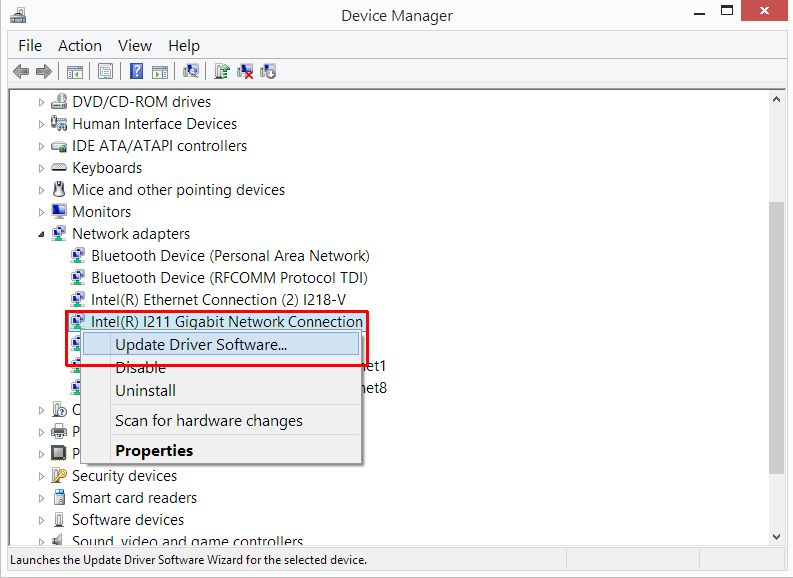What are Network Drivers?

With many homes now having multiple PCs and using them for entertainment purposes, networking is becoming more common. Messages can be sent from one PC to another while any data, such as music and videos, can be distributed around the network. A more informal type of network is the internet, with millions of computers around the world being able to connect to numerous sites.
Whilst internet connections are via a modem or router, PCs need a network interface card, either built into the motherboard or inserted into a slot. Each of these cards has a network driver, which is a form of a device driver or PC driver. This handles all communication between the computer’s operating system and the network card so that it can interface with other points on the network.
Why We Need Network Drivers
There are a bewildering number of network cards available from a variety of manufacturers. Each of these may be fitted into various motherboards and there are several different types. Many are PCI cards, although 10/100 types are the most common and Gigabit cards are now providing additional speed. Although relatively new, wireless networking is becoming increasingly popular. This is especially true in home networks where it reduces the need for unsightly wires.
All these options make it impossible for the operating system to deal with the many combinations. This problem is overcome by the use of network drivers, which are developed specifically for each network card and have versions for the different operating systems. A network driver provides a link between the operating system and the network card. Its role is, like any other device driver, to interpret the high-level commands issued by the operating system into a form that the network card can understand and conversely to translate network card messages for the operating system.
A network driver needs to be more adaptable than any other device driver because, not only does it have to deal with requests from the operating system, it can also receive packets of data from anywhere on the network. Additionally, it has to handle several administrative tasks such as compiling traffic and error statistics, setting addresses, and modifying transmission parameters.
Why You Need to Update Network Drivers
The efficient operation of a network is vital because problems can impact the whole network rather than simply affecting a single PC. A network fault on one computer can cause a bottleneck that brings the whole network to a halt or at least slows its performance.
Problems are often due to faulty, outdated, or corrupt network drivers and so it is important that new drivers are installed as they are released. Manufacturers generally develop new drivers to fix known faults, improve security, or provide enhanced performance and so you should take advantage of these features.
To install new drivers, access Device Manager. Depending on the operating system you use, this may be available from the Control Panel or by right-clicking My Computer then choosing Manage.
Device Manager will list the types of device in the right pane and you need to select Network Adaptors and the network card you have installed. Right-click it, select Properties, and then the Driver tab. Afterward, click the Update Driver button to download drivers and install the latest version on your PC. When you complete the process, restart your computer.
3 comments November 19th, 2009


